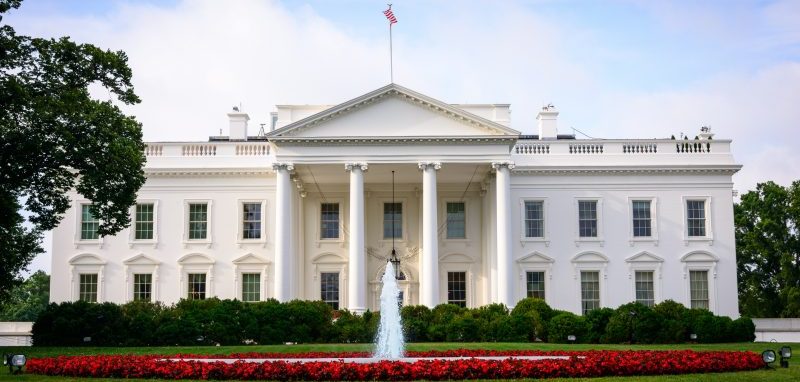By law, federal chief information officers are supposed to report to the heads of their agencies, have a say in what their agencies spend on technology and approve the hiring of component CIOs. But that isn’t happening uniformly across government agencies today, and the White House is taking steps to address it.
President Donald Trump signed an executive order on May 15 that reinforces many of the provisions concerning CIOs that were previously establish by law, specifically the 2014 Federal Information Technology Acquisition Reform Act (FITARA). The law was intended to give CIOs greater authority over and visibility into IT spending at their agencies. Some CIOs have used that power to cancel or restructure failing projects and halt IT spending until there was great transparency.
When asked what assurance the White House has that this executive order will improve CIO authorities, here’s what an Office of Management and Budget Senior Adviser told GovLoop: “The executive order, signed by the President, clearly shows the new commitment to reinforce and strengthen core authority for federal CIOs through direction to agency leadership to ensure that CIOs have visibility to mission goals and influence over the resources necessary to enable that mission through technology.”
In terms of reinforcing what’s required by the executive order, “the EO elevates the mandate and discussion to the executive leadership level of agencies,” according to the Senior Advisor. “Progress on this alignment can be assessed via the CIO Councils and the President’s Management Council.”
A January 2018 Government Accountability Office report found that billions of dollars that were not properly reviewed and approved by the CIO. The major concern here is that agencies collectively spend more than $90 billion on IT, but mismanagement and other challenges have led to numerous failed projects, multimillion dollar cost overruns and schedule delays.
Administration officials say the executive order will improve IT management and agency compliance with statutes by:
- Requiring that agency CIOs to report directly to their agency heads
- Increasing the ability of agency CIOs to influence decision-making across bureaus and drive an enterprise-wide view of IT
- Requiring that CIOs be made voting members of bureau-level IT governance boards
- Improving the ability of agency CIOs to hire qualified IT personnel
In terms of hiring qualified personnel, the executive order calls for CIOs to assess and advise the agency head on knowledge and skill standards for agency IT personnel.
The executive order notes that the Director of the Office of Personnel Management will publish a proposed rule that allows agencies with critical IT hiring needs to bring on talented professionals to fill those gaps using specific hiring authority. Similar hiring authority was provided under the Obama Administration, but the executive order appears to extend that timeframe.
Under the Trump administration, employees hired using those authorities can serve term appointments for up to eight years — four initial years with a four-year extension.
The executive order comes within weeks of federal CIO Suzette Kent expressing concern publicly that her counterparts across government are not fully empowered to execute the administration’s IT agenda.
“We are still working on empowering CIOs with the full authority to affect the outcomes for which we are holding them accountable,” Kent said at a May 3 event co-hosted by the Advanced Technology Academic Research Center (ATARC) and Foreign Affairs
During the same event, Education Department CIO Jason Gray said his focus is on maturing processes established under FITARA, noting that the agency is moving from simply complying with the law to ensuring the spirit of the law is embedded in the agency’s DNA.
For more stories about the government CIO community, check out GovLoop’s “CIO Conversations” series.





Leave a Reply
You must be logged in to post a comment.